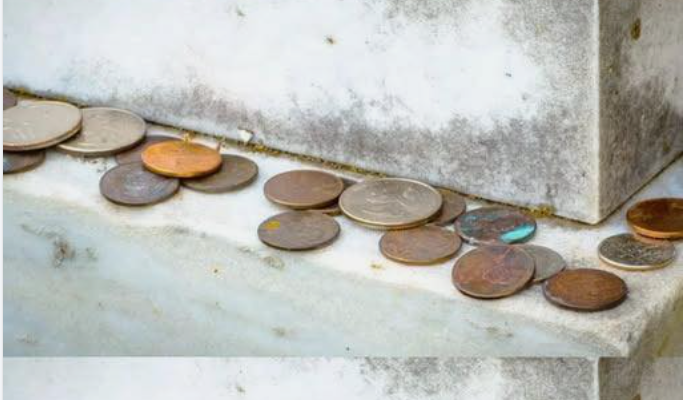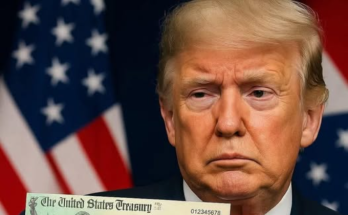The Meaning Behind Coins Left on Military Graves
If you’ve ever walked through a cemetery—especially one with military graves—you may have noticed coins carefully placed atop some headstones. At first glance, it might seem like a simple gesture, but this quiet act carries deep meaning. Each coin tells a story, a message left behind by visitors who wish to honor and remember those who served. What began as an informal custom among veterans has grown into a poignant tradition that connects the living with the fallen.
Each type of coin carries a specific message. A penny is the simplest token of remembrance. It means that someone stopped by to visit the grave, paying respect and acknowledging that the service member is not forgotten. Though small in value, the penny represents something priceless—memory and gratitude.

A nickel carries a more personal meaning. When left on a grave, it signifies that the visitor trained with the deceased, most often during boot camp. Those early weeks of military life forge strong bonds among recruits—brotherhood and sisterhood born through shared hardship, discipline, and pride. A nickel left behind is a quiet salute from someone who once stood shoulder to shoulder with the fallen at the very start of their journey.
A dime deepens that bond even further. It means that the person who left it served alongside the deceased—perhaps in the same unit, on the same ship, or in the same combat zone. The dime reflects time shared in service, in missions, and often in moments of both triumph and loss. It is a tribute from a comrade-in-arms who knew the individual not only as a soldier, sailor, airman, or marine, but as a friend.
Finally, a quarter carries the heaviest meaning of all. When a visitor leaves a quarter, it signifies that they were present when the service member died. This coin represents firsthand experience of sacrifice and loss. It is both a sign of respect and a silent acknowledgment of the emotional weight carried by those who survived.
Together, these coins form a quiet language of remembrance. For families visiting the graves of their loved ones, seeing these coins can be deeply moving. Each one testifies that others still remember—that their son, daughter, husband, wife, or friend continues to live on in the hearts of those who served beside them.
Beyond their monetary value, these coins become powerful symbols of shared history and connection. They link generations of service members and civilians alike in an unspoken promise: to never forget the cost of freedom.
While the origins of this practice are uncertain, it gained widespread recognition after the Vietnam War, a time when many veterans sought ways to honor fallen comrades without words. The coins offered a simple, dignified gesture that transcended barriers of time, rank, and even grief.
In today’s world—where traditions often fade quickly—the act of leaving a coin endures. It reminds us that remembrance does not always require grand ceremonies or elaborate monuments. Sometimes, all it takes is a small coin, placed with intention and love, to speak volumes about respect, sacrifice, and enduring brotherhood.



